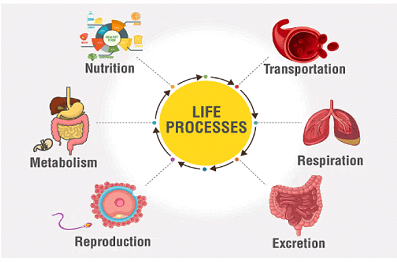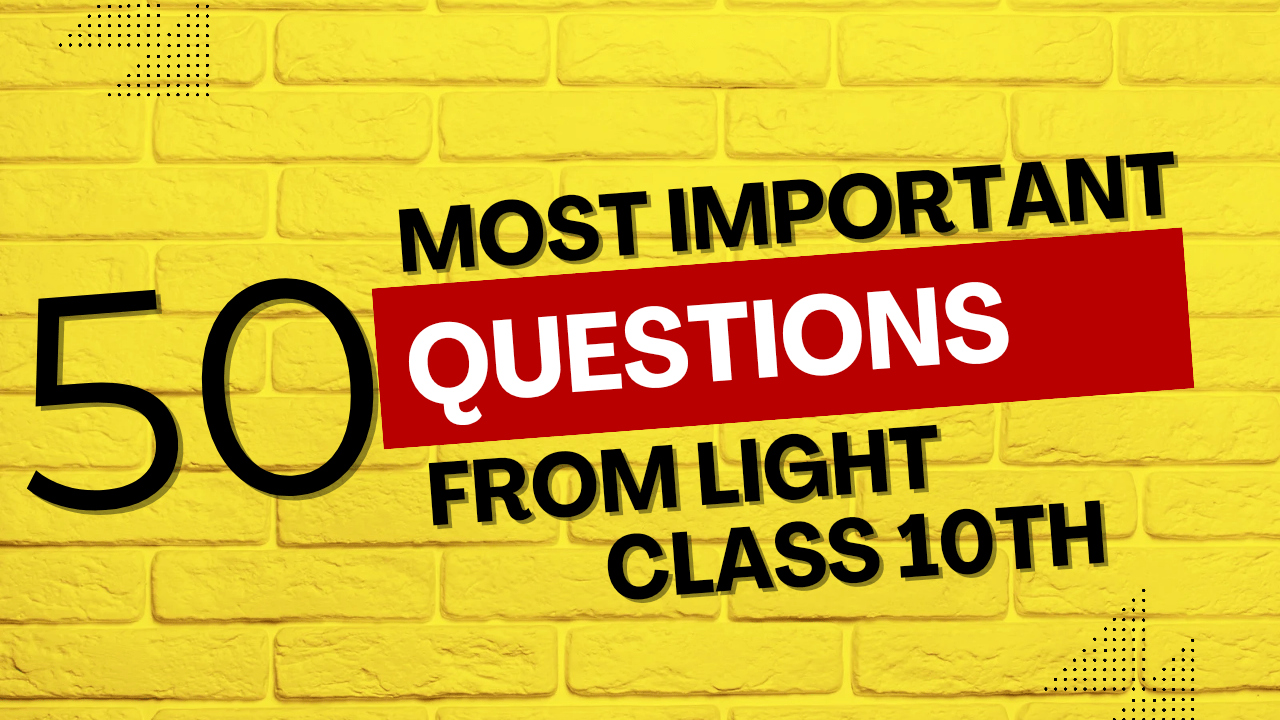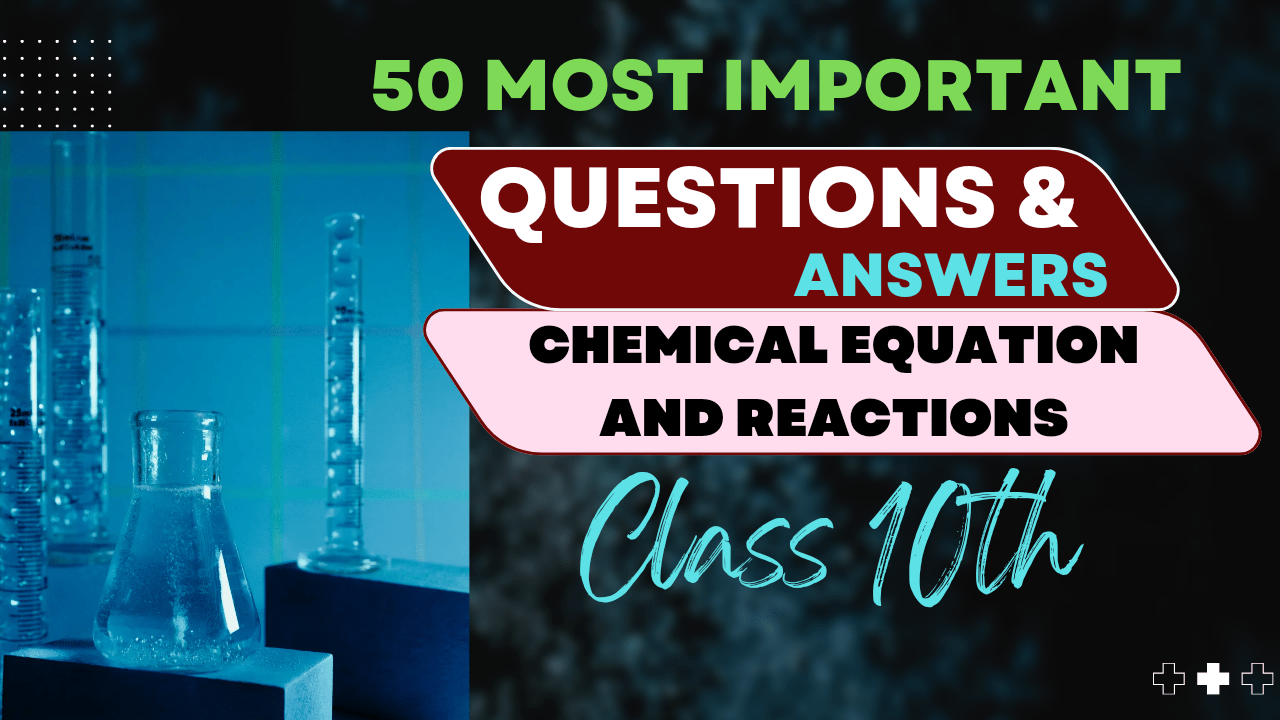Why do we need to balance a chemical equation
Balancing of the chemical equations
Introduction
Balancing chemical equations is a fundamental skill in chemistry that ensures we follow the Law of Conservation of Mass. This law states that matter can neither be created nor destroyed during a chemical reaction. In other words, the total mass of reactants must equal the total mass of products.
When we balance a chemical equation, we’re adjusting the coefficients (the numbers placed before chemical formulas) to ensure that the number of atoms of each element is the same on both sides of the equation. The subscripts within chemical formulas represent the number of atoms in a molecule and should never be changed during balancing.
Why Balance Chemical Equations?
Key Concept
A balanced chemical equation provides us with crucial information:
- The exact quantities of reactants needed
- The exact quantities of products formed
- The conservation of mass in the reaction
- The stoichiometric relationships between substances
Consider an unbalanced equation: H₂ + O₂ → H₂O
If we count atoms on each side:
- Left side: 2 H atoms and 2 O atoms
- Right side: 2 H atoms and 1 O atom
Step-by-Step Method for Balancing Chemical Equations
General Approach
- 1 Write the unbalanced equation with correct chemical formulas.
- 2 List all elements and count the number of atoms on each side.
- 3 Balance one element at a time, usually starting with the most complex molecule or the element that appears in the fewest compounds.
- 4 Leave hydrogen and oxygen for last when possible, as they often appear in multiple compounds.
- 5 Use fractional coefficients if necessary during intermediate steps, but convert to whole numbers at the end.
- 6 Verify by counting all atoms on both sides.
Important Rule
Never change subscripts in chemical formulas when balancing equations. Changing subscripts would create different compounds entirely!
Example 1: Simple Combustion Reaction
Unbalanced equation:
Step 1: Count atoms on both sides
| Element | Reactant Side | Product Side |
|---|---|---|
| C | 1 (from CH₄) | 1 (from CO₂) |
| H | 4 (from CH₄) | 2 (from H₂O) |
| O | 2 (from O₂) | 3 (2 from CO₂ + 1 from H₂O) |
Step 2: Balance carbon (already balanced)
Step 3: Balance hydrogen
There are 4 H atoms on the left and 2 on the right. Let’s add a coefficient of 2 to H₂O:
Step 4: Balance oxygen
Now count oxygen atoms: 2 on the left, but 4 on the right (2 from CO₂ + 2 from 2H₂O). Add a coefficient of 2 to O₂:
Step 5: Verify
| Element | Reactant Side | Product Side |
|---|---|---|
| C | 1 (from CH₄) | 1 (from CO₂) |
| H | 4 (from CH₄) | 4 (from 2H₂O) |
| O | 4 (from 2O₂) | 4 (2 from CO₂ + 2 from 2H₂O) |
Final balanced equation:
Example 2: Precipitation Reaction
Unbalanced equation:
Step 1: Count atoms on both sides
| Element | Reactant Side | Product Side |
|---|---|---|
| Ag | 1 | 1 |
| N | 1 | 1 |
| O | 3 | 3 |
| Na | 1 | 1 |
| Cl | 1 | 1 |
This equation is already balanced! Each element has the same number of atoms on both sides.
This is an example of a double displacement reaction where the ions exchange partners. Such reactions often balance easily.
Example 3: More Complex Balancing
Unbalanced equation:
Step 1: Count atoms on both sides
| Element | Reactant Side | Product Side |
|---|---|---|
| Fe | 1 | 3 |
| H | 2 | 2 |
| O | 1 | 4 |
Step 2: Balance iron
There is 1 Fe atom on the left and 3 on the right. Add a coefficient of 3 to Fe:
Step 3: Balance oxygen
There is 1 O atom on the left and 4 on the right. Add a coefficient of 4 to H₂O:
Step 4: Balance hydrogen
Now there are 8 H atoms on the left (from 4H₂O) but only 2 on the right. Add a coefficient of 4 to H₂:
Step 5: Verify
| Element | Reactant Side | Product Side |
|---|---|---|
| Fe | 3 (from 3Fe) | 3 (from Fe₃O₄) |
| H | 8 (from 4H₂O) | 8 (from 4H₂) |
| O | 4 (from 4H₂O) | 4 (from Fe₃O₄) |
Final balanced equation:
Advanced Example: Redox Reaction
Unbalanced equation:
Step 1: Count atoms
This is a complex redox reaction with many elements to balance. Let’s approach methodically.
Step 2: Balance potassium (K)
There are 2 K atoms on the left and 1 on the right. Add coefficient 2 to KCl:
Step 3: Balance chromium (Cr)
There are 2 Cr atoms on the left and 1 on the right. Add coefficient 2 to CrCl₃:
Step 4: Count chlorine (Cl) atoms
Left side: coefficient × 1 (from HCl)
Right side: 2 × 1 (from 2KCl) + 2 × 3 (from 2CrCl₃) + 2 × 1 (from Cl₂) = 2 + 6 + 2 = 10
We need 10 Cl atoms on the left, so coefficient of HCl is 10:
Step 5: Balance hydrogen (H) and oxygen (O)
There are 10 H atoms on the left (from 10HCl). For H₂O, we need coefficient 5 to get 10 H atoms.
There are 7 O atoms on the left (from K₂Cr₂O₇). We need coefficient 7 for H₂O:
Step 6: Recount chlorine
With our adjustments, we now have 10 Cl atoms on the left and 2 + 6 + 2 = 10 on the right. Still balanced!
Step 7: Check hydrogen again
Left: 10 H atoms (from 10HCl)
Right: 14 H atoms (from 7H₂O)
We need 4 more H atoms on the left. Adjust HCl to 14:
Step 8: Final verification
| Element | Reactant Side | Product Side |
|---|---|---|
| K | 2 | 2 |
| Cr | 2 | 2 |
| O | 7 | 7 |
| H | 14 | 14 |
| Cl | 14 | 2 + 6 + 6 = 14 |
Final balanced equation:
Common Challenges and Tips
Challenge 1: Reactions with Polyatomic Ions
When balancing equations with polyatomic ions like NO₃⁻, SO₄²⁻, or PO₄³⁻, treat the entire ion as a unit if it remains intact on both sides of the equation.
Example:
Balance this by treating NO₃ and PO₄ as units:
Challenge 2: Balancing Redox Reactions
For complex redox reactions, you may need to use the half-reaction method:
- Split the reaction into oxidation and reduction half-reactions
- Balance elements other than O and H
- Balance O by adding H₂O
- Balance H by adding H⁺
- Balance charge by adding electrons
- Multiply half-reactions to equalize electrons
- Combine half-reactions and simplify
Challenge 3: Combustion Reactions
For hydrocarbon combustion reactions, follow this order:
- Balance C first
- Balance H second
- Balance O last
Example:
Balanced equation:
Exam Preparation Tips
Exam Strategies
- Practice regularly: The more equations you balance, the more familiar you’ll become with patterns.
- Check your work thoroughly: Always verify by counting atoms on both sides.
- Look for shortcuts: In some cases, you can identify relationships between compounds that help with balancing.
- Manage your time: If you get stuck on a complex equation, move on and return to it later.
- Understand the reaction type: Recognizing the type of reaction can give clues about balancing approaches.
Common Exam Patterns
Exams often include these types of balancing questions:
- Simple combustion reactions of hydrocarbons
- Neutralization reactions between acids and bases
- Precipitation reactions in aqueous solutions
- Redox reactions (often the most challenging)
- Reactions with gases like O₂, H₂, Cl₂, N₂
Practice Problems
Try balancing these equations on your own:
- Al + O₂ → Al₂O₃
- C₂H₆ + O₂ → CO₂ + H₂O
- Fe₂O₃ + CO → Fe + CO₂
- NH₃ + O₂ → NO + H₂O
- KMnO₄ + HCl → KCl + MnCl₂ + H₂O + Cl₂
Solutions:
- 4Al + 3O₂ → 2Al₂O₃
- 2C₂H₆ + 7O₂ → 4CO₂ + 6H₂O
- Fe₂O₃ + 3CO → 2Fe + 3CO₂
- 4NH₃ + 5O₂ → 4NO + 6H₂O
- 2KMnO₄ + 16HCl → 2KCl + 2MnCl₂ + 8H₂O + 5Cl₂
Summary of Key Points
- Law of Conservation of Mass: The number of atoms of each element must be the same on both sides of a chemical equation.
- Change only coefficients, never subscripts, when balancing equations.
- Systematic approach: Balance one element at a time, usually starting with the most complex molecule or element that appears in fewest compounds.
- Polyatomic ions that stay intact can be treated as units.
- Verification is crucial: Always check your work by counting each element on both sides.
- Complex reactions may require specialized techniques like half-reaction method for redox reactions.



